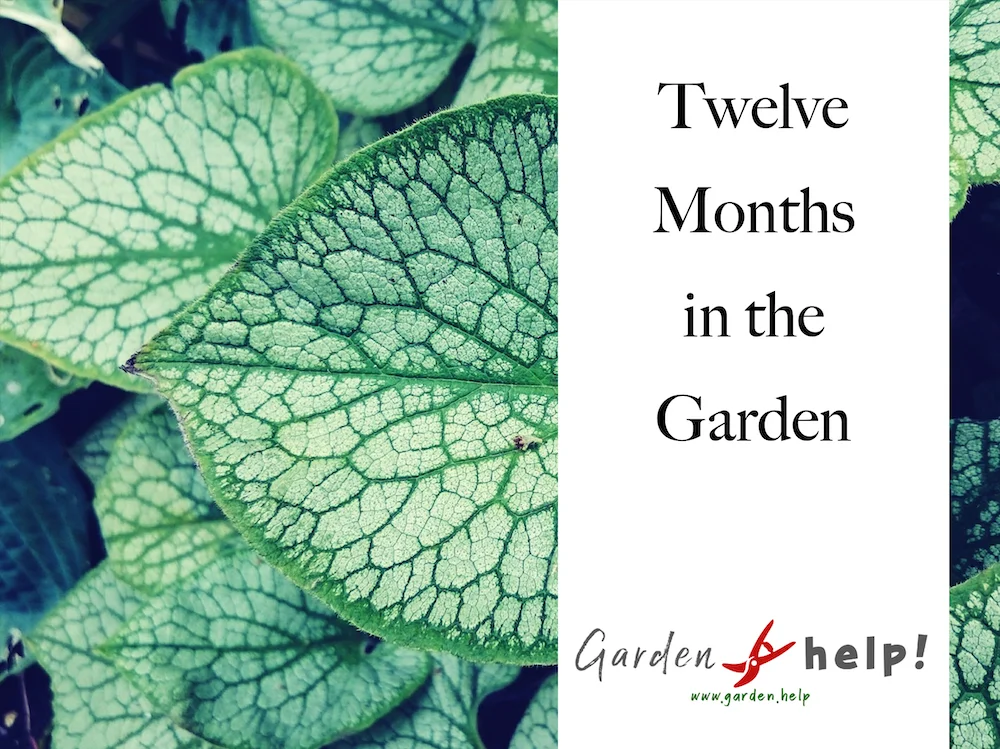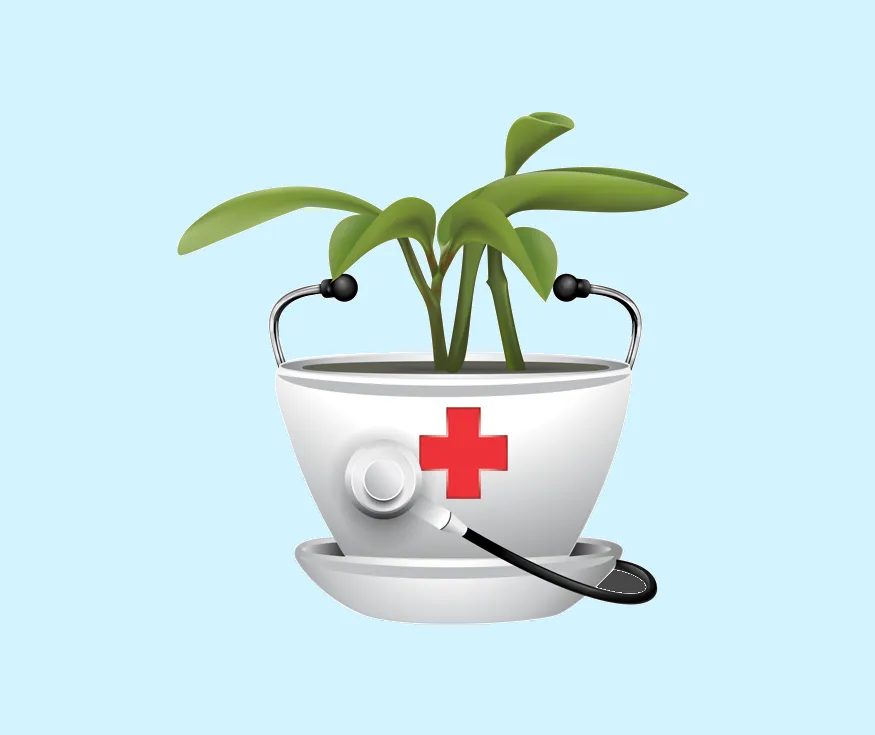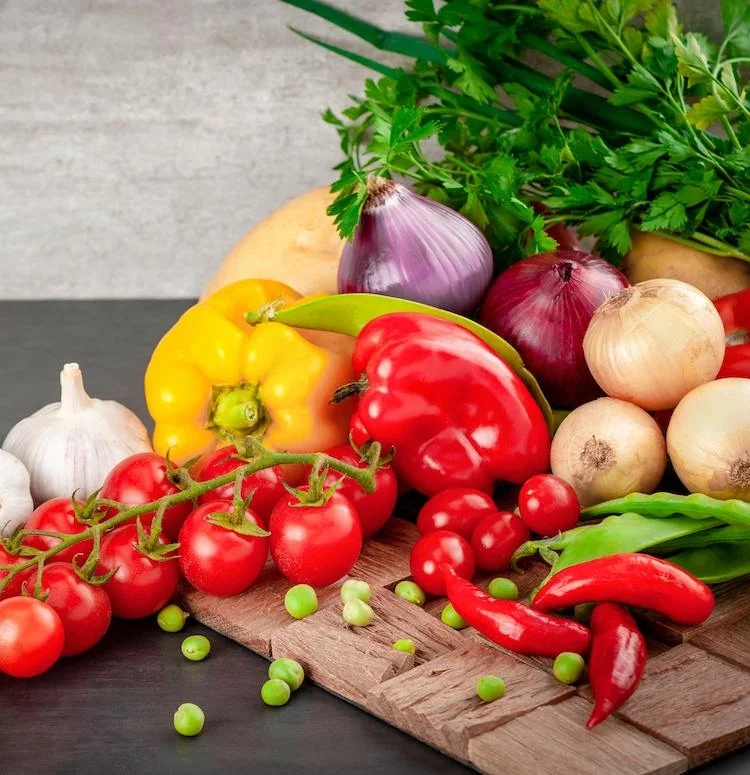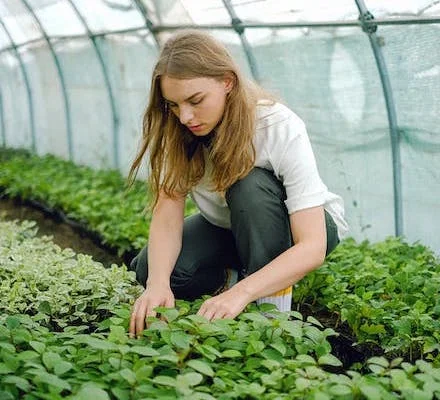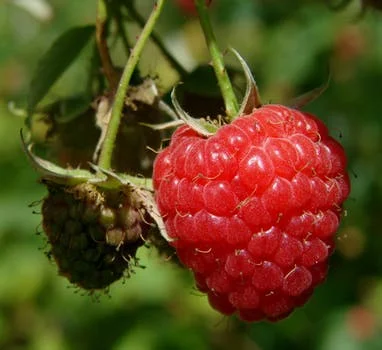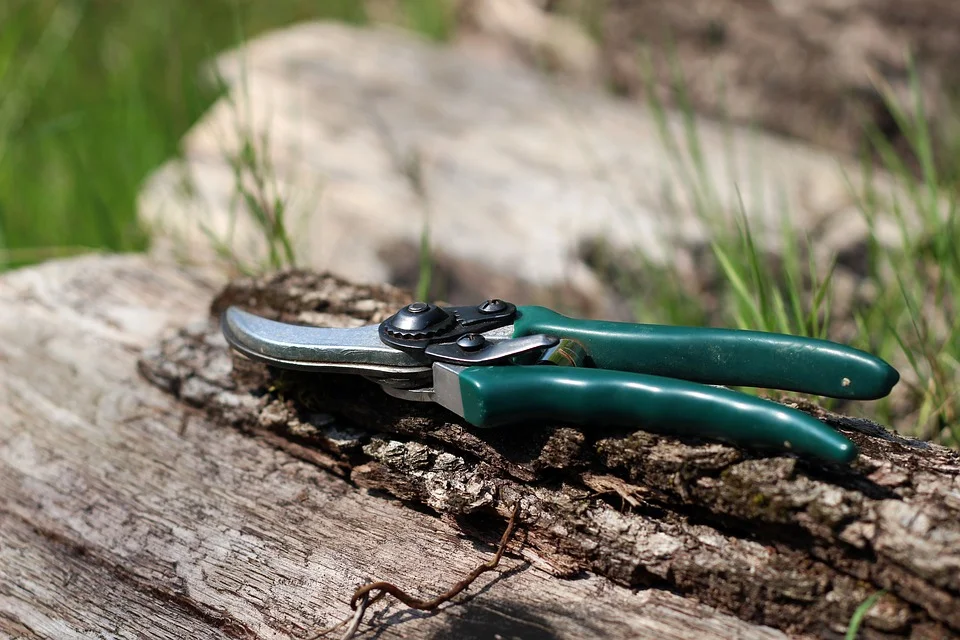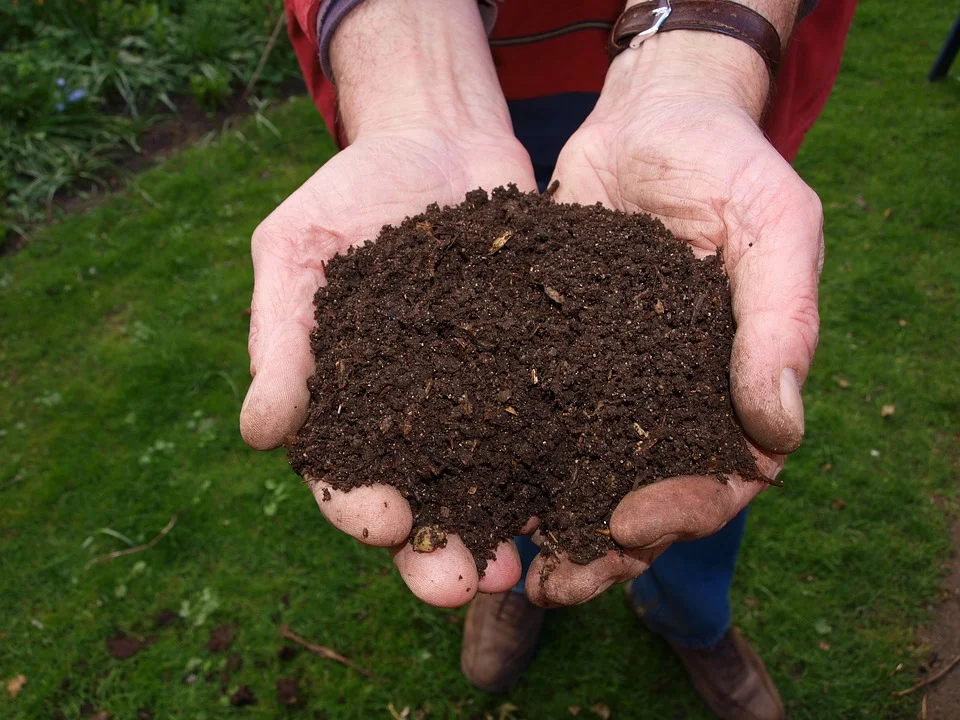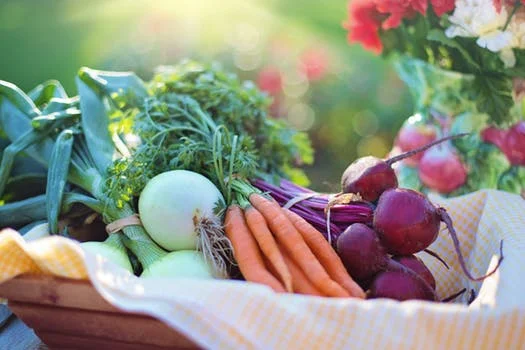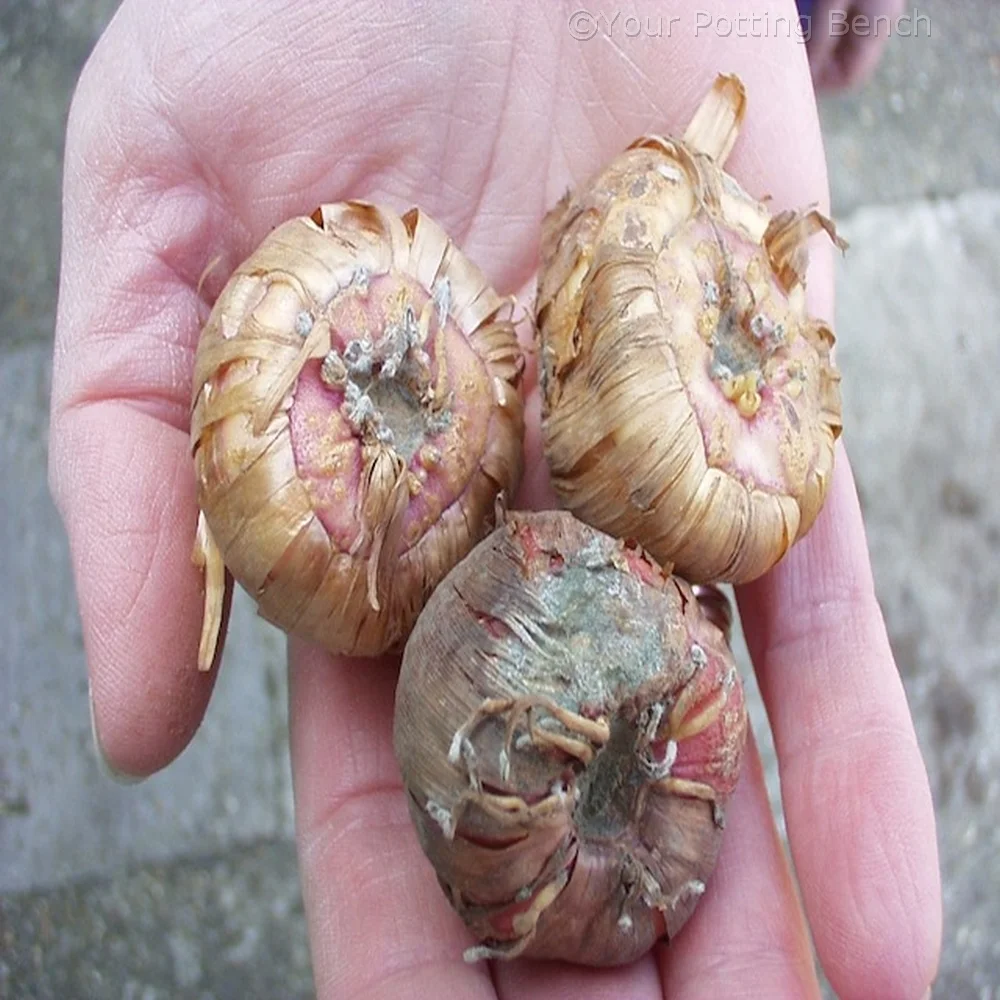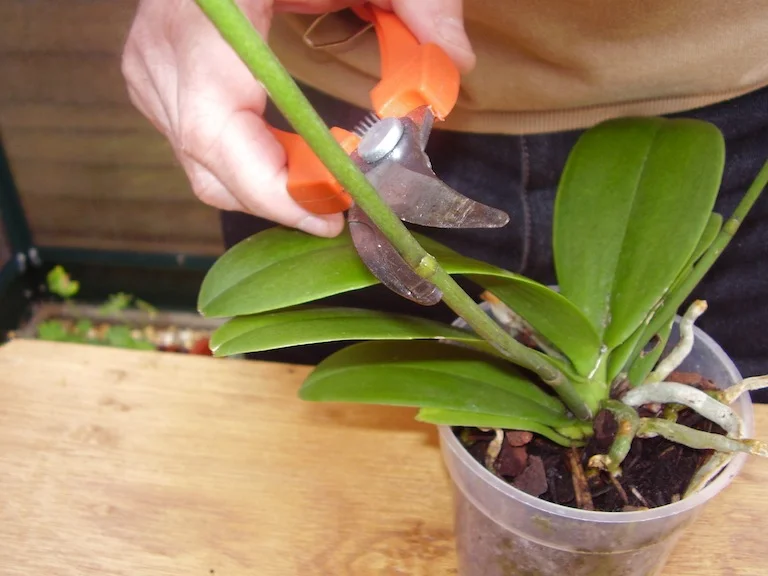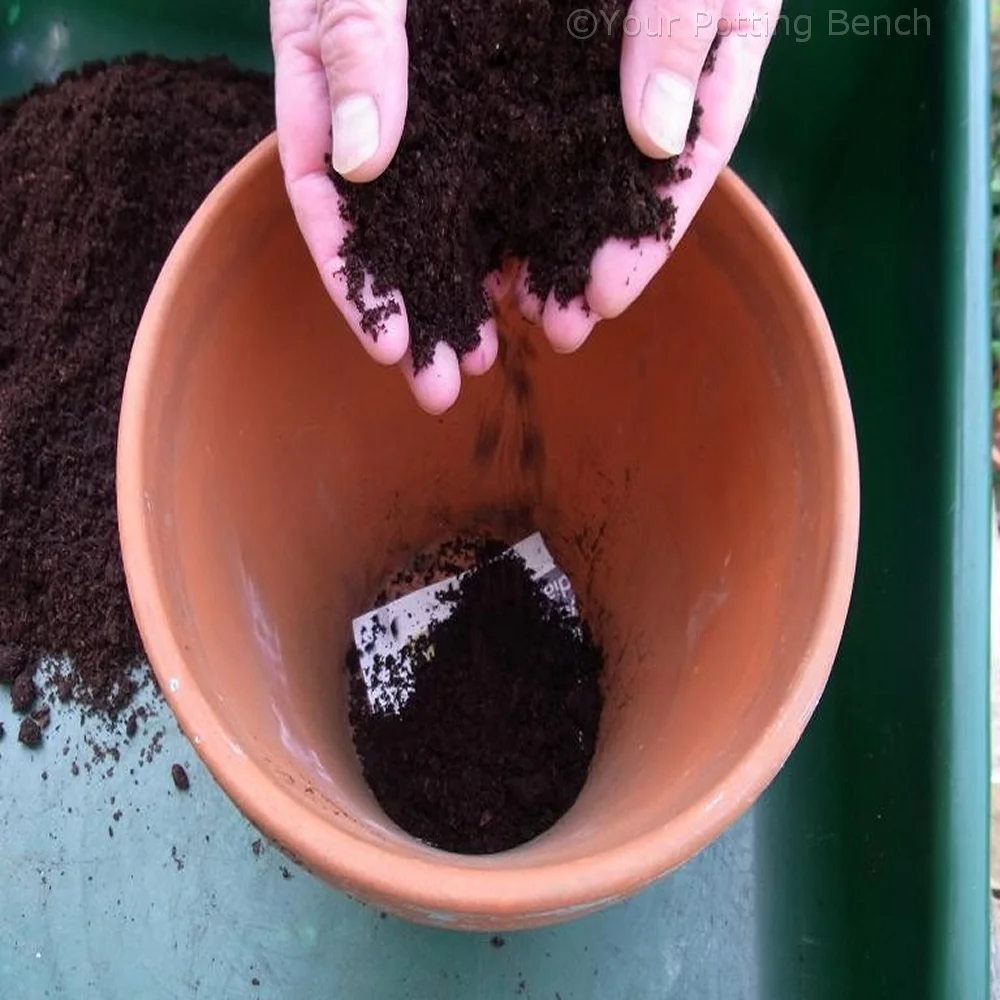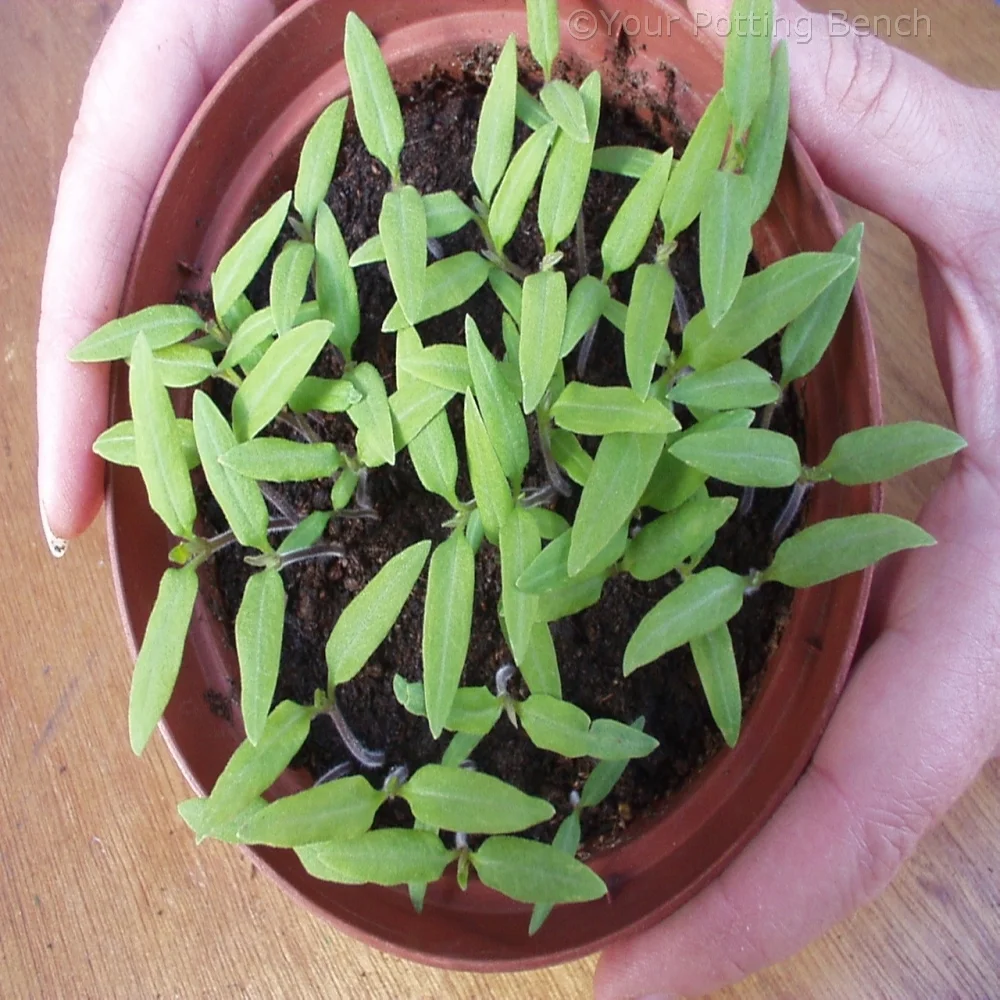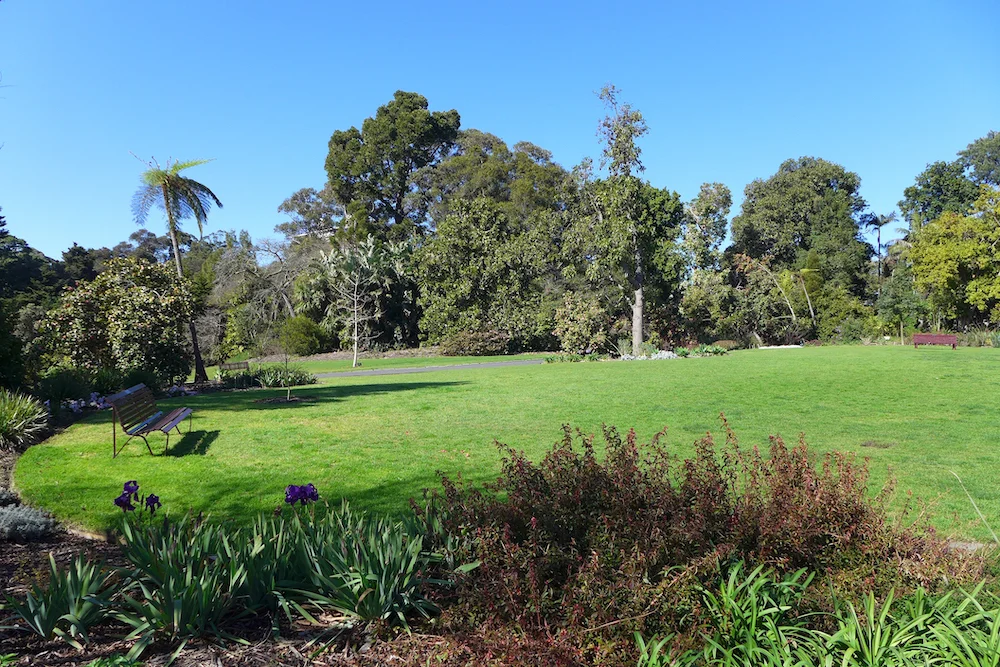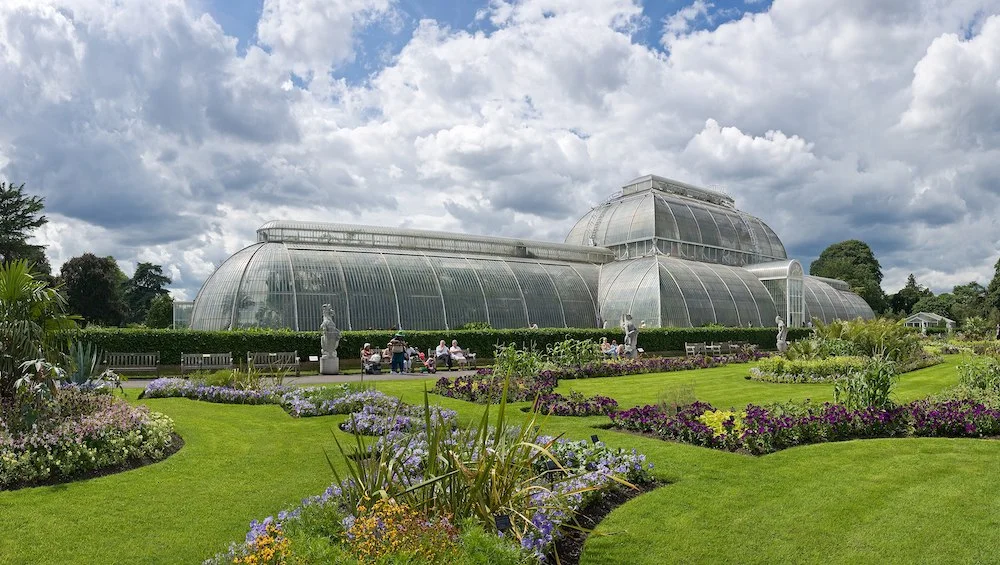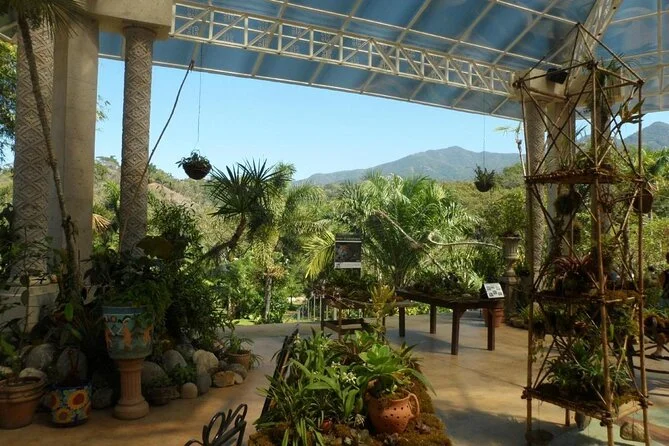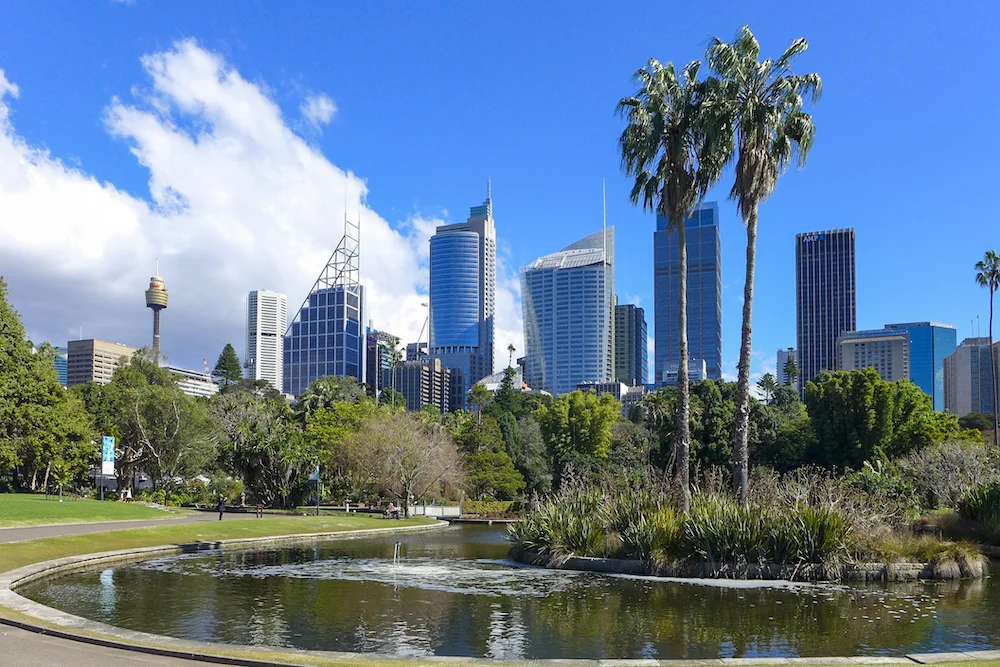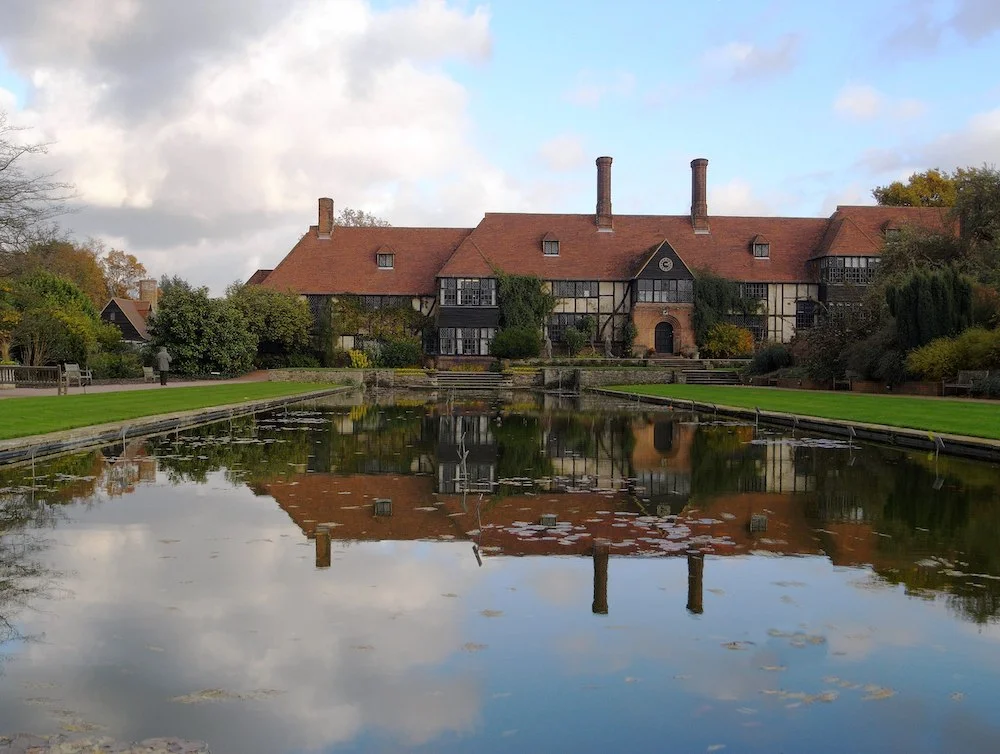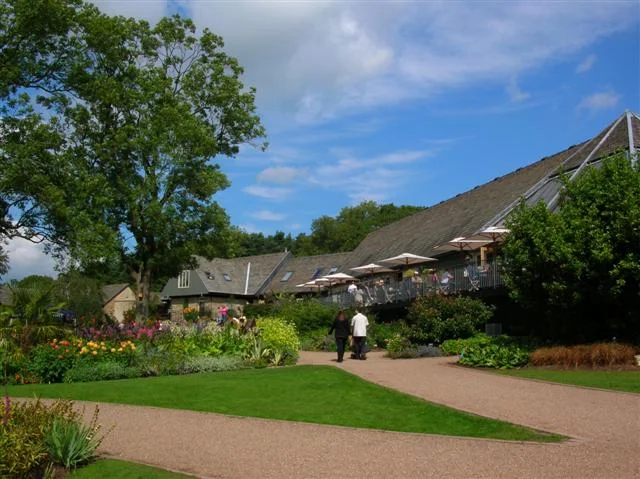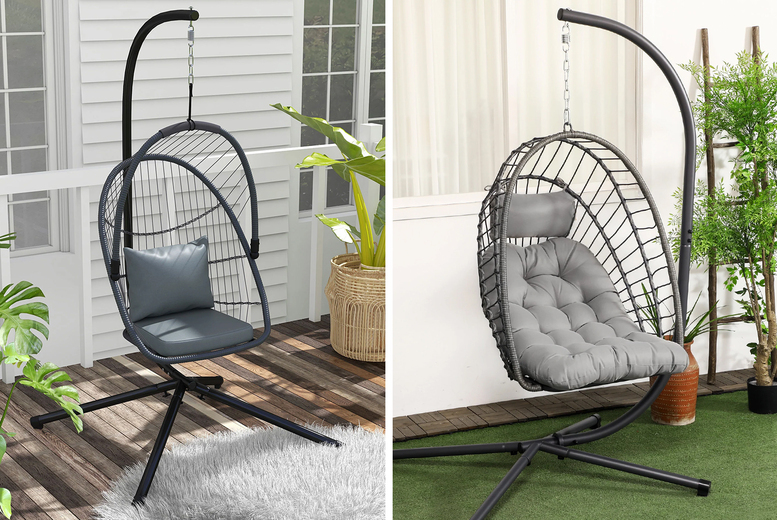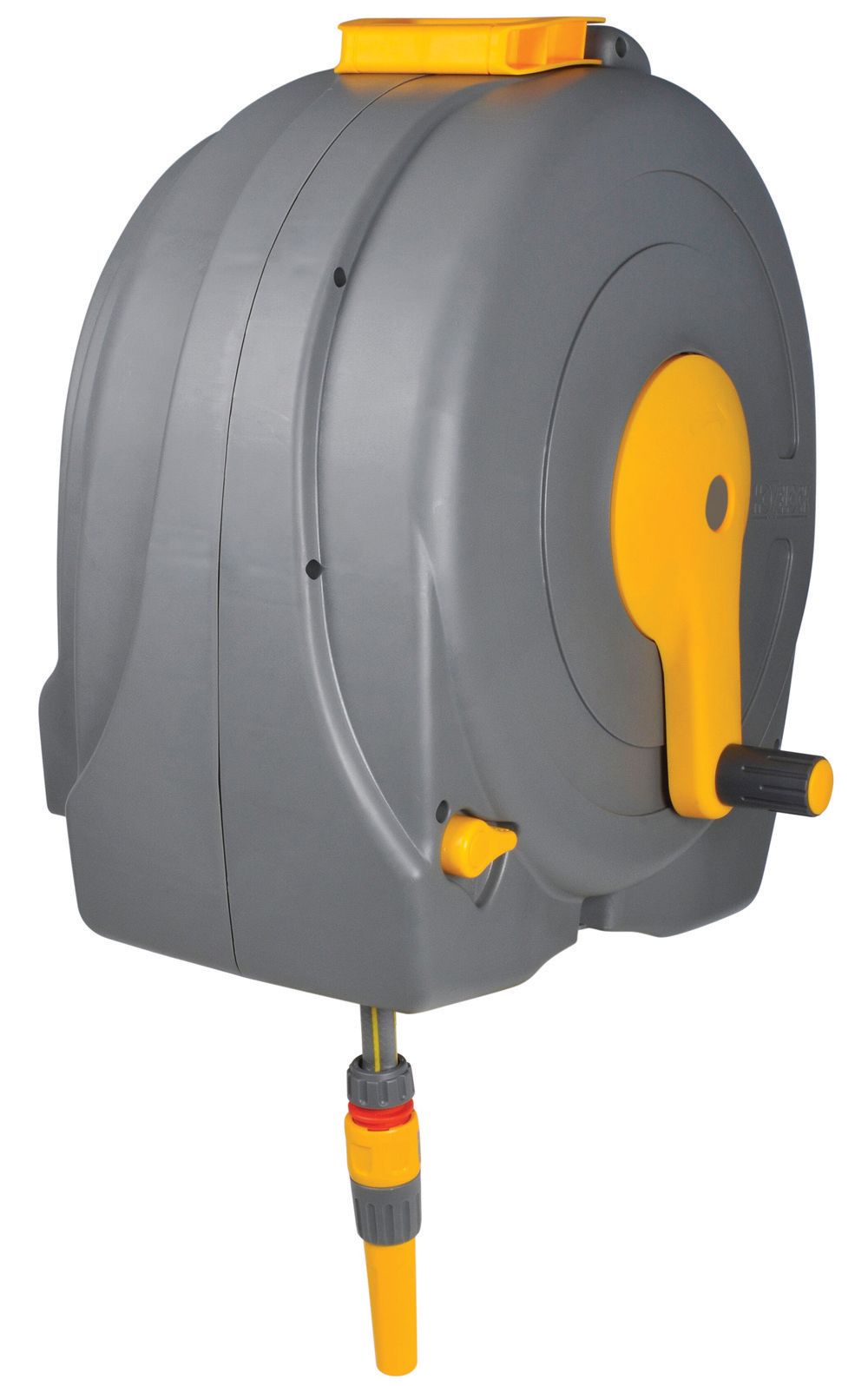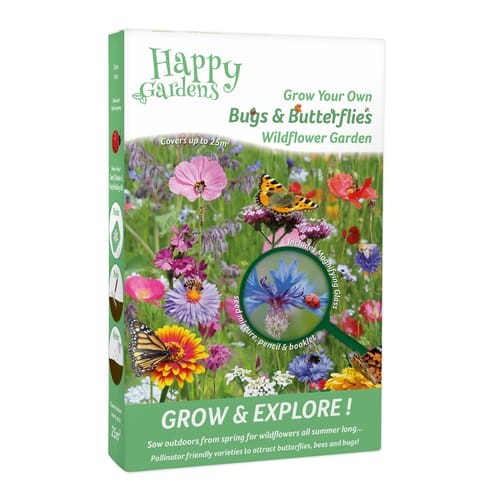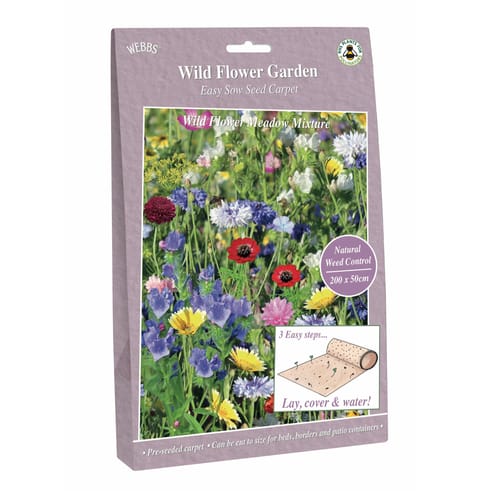Home > Question >
My new gardenia has white fluffy spots on its leaves. What is it?
Our Advice:
It sounds like your gardenia is suffering from an attack of sap sucking insects called mealy bugs. You can control this pest with sprays of 2in1 Plant Invigourator from Vitax or Provanto Ultimate Bug Killer from Bayer, but you may need several applications to get rid of this pest. Keep the gardenia away from your other plants until you have gotten rid of this pests.
Here are some related questions:
Not what you are looking for?
If you can't find what you are looking for on the website then you can ask one of our experts. To get in touch with us Click Here
We will try to get back to you with an answer as soon as we can.
Here is some more information for you:
Gardenias: Overview
Gardenias are a genus of flowering plants native to tropical and subtropical regions of Asia and Africa. They are known for their beautiful and fragrant white flowers, which bloom from late spring to mid-summer. Gardenias are popular ornamental plants and are often grown for their aesthetic and aromatic qualities.
Gardenias: Characteristics
Gardenias are evergreen shrubs or small trees that can grow up to 6-8 feet tall and 5-6 feet wide. They have dark green, glossy leaves that are usually 2-4 inches long and 1-2 inches wide. The flowers of gardenias are large, usually 2-4 inches in diameter, and have a creamy white colour. They are highly fragrant and have a sweet, floral scent that is often used in perfumes and aromatherapy products. Gardenias can be grown indoors or outdoors, depending on the climate and growing conditions.
Gardenias: Cultivation
Gardenias prefer acidic soil with a pH range of 5.0-6.5. They require well-draining soil and consistent moisture, but can be susceptible to root rot if overwatered. Gardenias should be planted in a location with partial shade to protect them from intense sunlight. They can be propagated from cuttings or grown from seeds. Pruning is necessary to maintain the shape and size of the plant and should be done after the flowering season. Gardenias are sensitive to cold temperatures and frost and may require protection in colder climates.
Gardenias: Uses
Gardenias are popular ornamental plants and are often used in landscaping as hedges, borders, or specimen plants. They are also grown for their fragrant flowers, which are used in perfumes, soaps, and other fragrant products. The essential oil extracted from gardenia flowers is highly valued in aromatherapy and is believed to have calming and relaxing properties. Some species of gardenias also have medicinal properties and are used in traditional medicine to treat a variety of ailments.
Gardenias are beautiful and fragrant plants that are highly valued for their aesthetic and aromatic qualities. They require specific growing conditions, including acidic soil, consistent moisture, and partial shade, but can be grown both indoors and outdoors. Gardenias are a popular choice for landscaping and are often grown for their ornamental and therapeutic uses. With their stunning white flowers and sweet fragrance, gardenias are a valuable addition to any garden or landscape.
Did you find this answer useful? Subscribe to our newsletter for gardeing news, projects, special offers and competitions.
Ask another gardening question:
Learn More About Pests and Diseases
Gardening Projects for April
